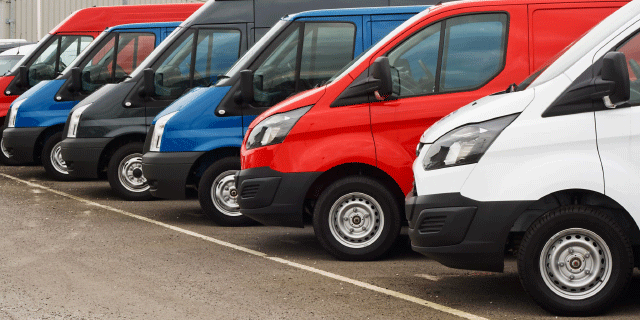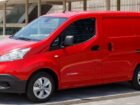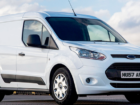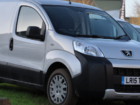With so many different van models available, finding the right one can feel like an almost impossible task.
So, to help make things a bit clearer, here’s our guide to different types of van on the market.
Panel vans
These are some of the most familiar vans on the roads today thanks to their versatile and practical load space which is usually accessed by a sliding side and rear opening doors.
Windows are limited to the windscreen and those of the driver and passenger, while the rest of the van is made up of solid panels – the ever popular Ford Transit is a good example of a typical panel van.
Manufacturers usually offer panel vans in a range of wheel-bases and heights so however you use your van for business, there’s bound to be one that suits your needs.
Luton and box vans
If you’re looking for a van that makes the most of its space, then it’s worth considering a Luton or box van as they don’t sacrifice space for wheel arches, unlike panel vans.
Both Luton and box vans are higher off the ground than (for example) panel vans so they might also have a loading platform with a mechanism to raise and lower it.
The main difference between a Luton and a box van is that a Luton utilises the area above the driver and passenger cab. In contrast, the load space of a box van stops where the cab begins. Typical use includes removals where large, heavy objects need to be transported.
Flatbed vans
Flatbeds have an exposed load space with shallow sides but no roof. Opting for a hydraulic mechanism to lift and ‘tip’ a flatbed’s load area will turn it into what’s known as a ‘tipper’ van.
Clearly, flatbeds aren’t suitable if you want to keep your goods secure but they’re perfect if you’re looking for a van with unlimited height restrictions. Some flatbed vans also come with drop sides to make loading easier.
Flatbeds are great for bulky items and are typically used in the building or gardening trade.

Pick-ups
Pick-ups come in a variety of designs and single or double cab options are widely available. You can also choose to have the load space enclosed on all sides with a roof, or exposed (similar to a flatbed style van but with higher sides).
Pick-ups have a wide range of uses and because of their flexible configuration, you should be able to find one that fits your needs exactly.
Long wheel-base van
The wheel-base is simply the distance between the front and rear wheels which helps determine a van’s storage capacity. So, for example, a long wheel-base van will have a greater load space than a short or medium wheel-base vehicle.
Car derived van
It’s easiest to think of these vehicles as a type of car/van hybrid. They look very much like cars but without the rear passenger seats or windows – typical examples include the Vauxhall Corsavan and Ford Fiesta Van.
Car derived vans are usually small and compact making them perfect for carrying goods around built-up towns and cities.
Finding the best van insurance
There are almost as many insurance options as there are different types of van – which can make choosing the right one tricky.
Luckily, we’re on hand to help – whether you’re looking to insure a small van, an electric van, or even a minibus – our van guides will give you all the information you need to make decisions with confidence.








